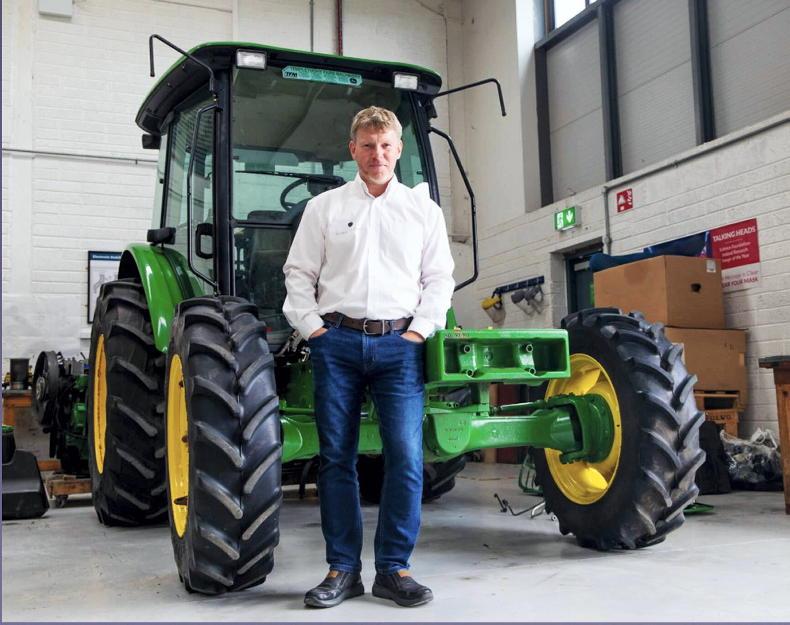The National Ploughing Championships are an opportunity to talk firsthand with a range of suppliers of machinery, technology and services.
Solar PV is likely to be of significant interest again this year. So far, there are around 20 companies attending the Ploughing that specialise in solar PV and renewables, so this is a great chance to learn more about the system.
There are a number of common brands of panels used in Ireland, but they do have their differences.
There are also many solar PV installers in the country, some with more experience than others.
Here is a list of questions you need to ask the solar PV supplier you meet at the Ploughing.
There are two main types of panels on the market in Ireland. These are panels with the solar PV cells between a layer of glass and foil, and those between two layers of glass.
Glass-glass panels are regarded as the premium type, but newer glass-foil panels on the market show little difference between the two in terms of performance.
In any event, you need to ask the supplier about the panels’ degradation rate.
This is the rate at which the generation potential of the panels decreases over time, which can be between 0.34% and 0.7% per year.
That means that at the end of the panels’ lifespan, they could be operating at around 79% to 87% efficiency, depending on the panel choice. Naturally, you want panels with the lowest degradation rate.
Panel warranty
Solar PV panels generally come with a performance guarantee and a product warranty. Depending on the supplier and panel choice, warranties can range from 10 to 30 years.
However, some panels come with multiple warranty limitations and exclusions.
In some cases, warranties become null and void if the panels are installed in a harsh environment, such as near the sea (exposed to salt mist) or, in at least one case I heard of, if damaged by ammonia gas from being installed on a farm.
Most batteries come with a 10-year warranty or a cycle life warranty, whichever comes first. A cycle refers to a full charge and discharges. Cycle warranties typically range from 6,000 to 10,000 cycles. You may need to register the battery with the manufacturer to activate the full warranty period. Batteries may also come with an end-of-warranty capacity guarantee, such as 70% of the original capacity. Be sure to ask suppliers about these details if you are investing in a battery. There has been an influx of suppliers and installers of solar PV into the Irish market over the past few years.
It’s always a good idea to ask about the installer’s experience and whether they can provide examples of previous installations.
Since panels could be operational for upwards of 30 years, it’s important to work with an installer who is here to stay.
Remote monitoring
Many suppliers will also provide a solar monitoring system, which allows you to track how much electricity is generated and monitor your usage – a handy feature.
Service provided
The 60% grant under TAMS III is helpful in improving the business case for solar PV. However, there is some work required for the application.
Some suppliers now offer a full-service package, handling both the TAMS III application and the ESB applications on your behalf. This can be particularly useful for time-poor farmers.
Cost
Last but not least, cost. Many solar PV suppliers are now sourcing solar panels from Asia, which are more competitively priced. Some major suppliers have recently reduced panel prices as well. Traditionally, there used to be a 15% to 20% cost difference between glass-foil and glass-glass panels.
However, these lines have become blurred, with the price difference gradually being eroded. Furthermore, the cost solar PV reference for the TAMS III 60% grant is €1,441 per installed kWh plus €1,849 on the entire system cost. Keep this in mind when discussing prices with suppliers.










SHARING OPTIONS